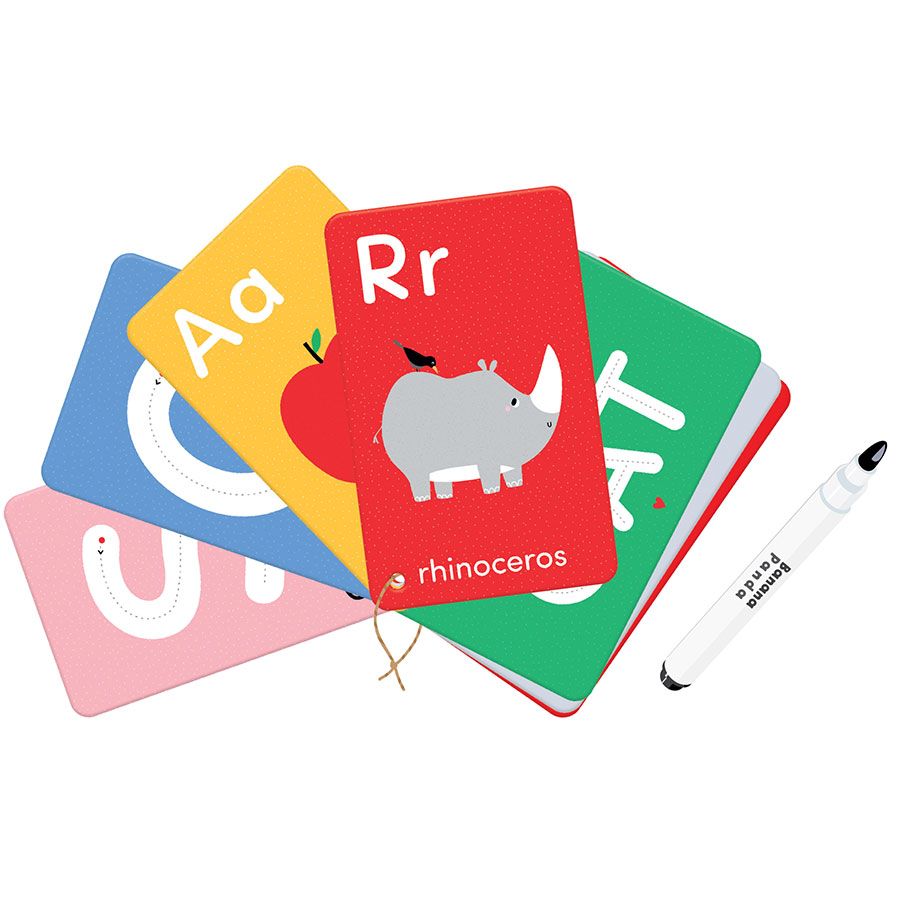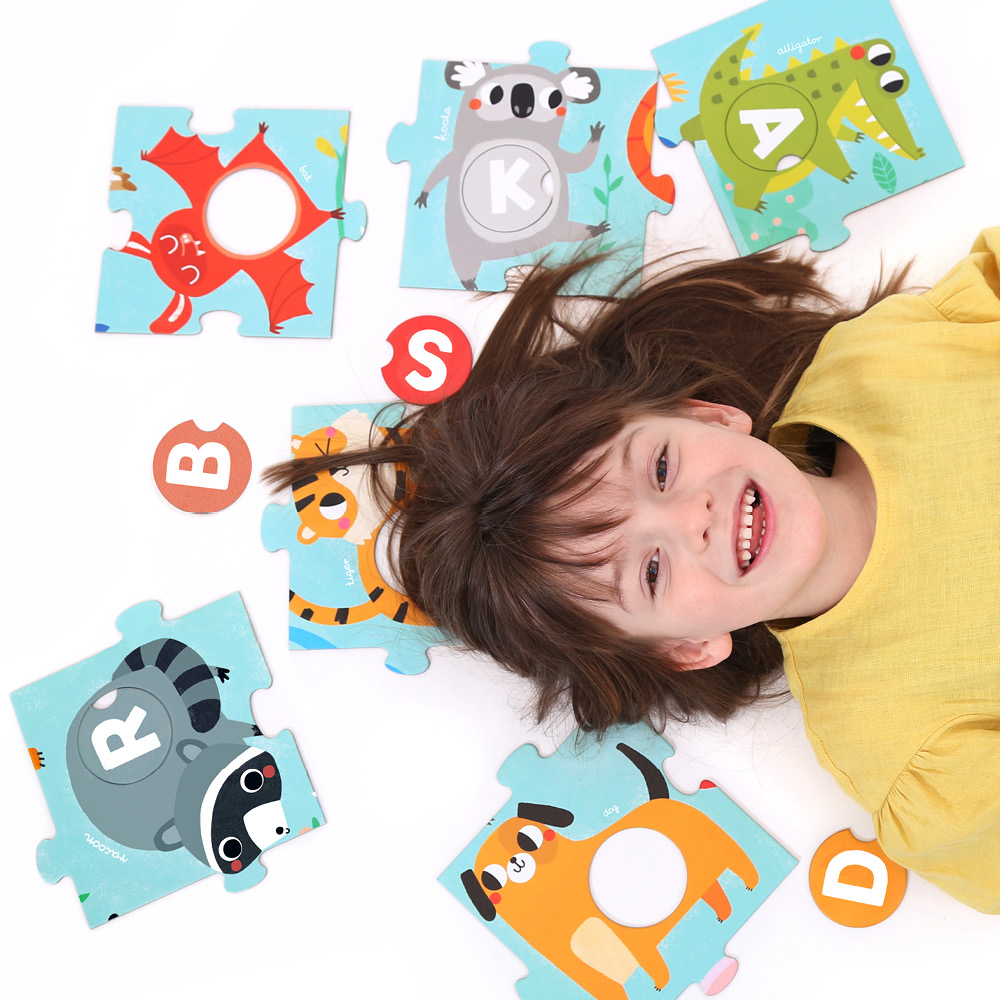Letter learning for preschool children
What can preschoolers do? A lot! They know many words, communicate more and more efficiently and are becoming more independent every day. They ask endless questions and are interested in the world around them. Their curiosity also extends to letters and reading; children are eager to try to write their own names. Take advantage of this by offering them games that satisfy their curiosity and interests.
When to teach letters
In short: when your child is ready. Reading and writing require a child to attain an appropriate level of psychomotor development. This means that their senses and cognitive and motor functions should be adequately mature – this is a gradual process, and the perfect activities and exercises to prepare for this are the games you play with your child every day. We live in a world of letters and signs – they surround us at home, kindergarten and on the street. It’s only natural for children to be interested in them! This is an opportunity we should take advantage of because play is the most enjoyable and effective way to learn. Various activities allow your child to learn the shapes, meanings and sounds that correspond to the letters. This will take the novelty and intimidation out of learning how to read and write. Follow your child and support their natural development, responding to their interests and willingness to learn.
The write way to learn for pre-schoolers
Writing “mom”, “dad” or their own name is a common challenge for preschoolers. Most importantly, children want to do it themselves! Recreating shapes is an excellent exercise for fine motor skills, concentration and hand-eye coordination, and the first step to learning letters. Writing your own name is an achievement and a reason to be proud! What might learning to write letters look like for a 3- or 4-year-old? A variety of graphomotor exercises that improve how the hand and eye work and coordinate can be of great help during this first stage. First and foremost, patterns for tracing and similar exercises should not be boring. Fortunately, they don’t have to be!
Thematic coloring books from the Looong coloring books series are small, but informative compendiums of interesting activities that make exercising the hand fantastic fun. Recreating shapes, tracing lines, and connecting dots are some of the exercises in the Let’s Write and Wipe series, which comes with an erasable pen. This is the perfect book for children who want to learn the alphabet and write their first letters. Looong Coloring Books Letters and Numbers, in turn, are a great way to prepare for cursive writing, which children learn at school. Tracing lines doesn’t have to be a chore! These handy books are full of appealing activities and exercises that will motivate your child to pick up the nearest pencils or crayons, ensuring exercise for the hand that is engaging and fun.
Fun with letters: alphabet puzzles
We have written elsewhere about learning to read, so in this post we will only emphasize that we strongly recommend the use of syllables. At the same time, we understand that children are curious and eager to learn individual letters or the entire alphabet. Can we make learning letters fun and ensure a host of other benefits? Absolutely! Suuper Size Puzzle Alphabet Match is a fantastic idea for a comprehensively educational gift for a preschooler. This enormous jigsaw puzzle consists of 24 traditional jigsaw puzzle pieces featuring adorable animals for every letter of the alphabet, as well as 26 interchangeable letter circles that can be used in a multitude of creative ways. The set also includes a guide for parents full of ideas for educational games – assembling the puzzle and learning the alphabet is just the beginning! Finally, Kids Academy Letters is a pocket-sized and comprehensive educational set for learning letters and first attempts to read and write.

















